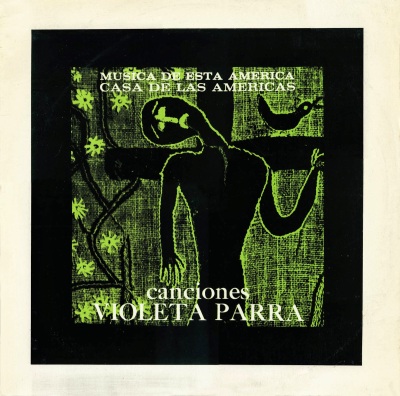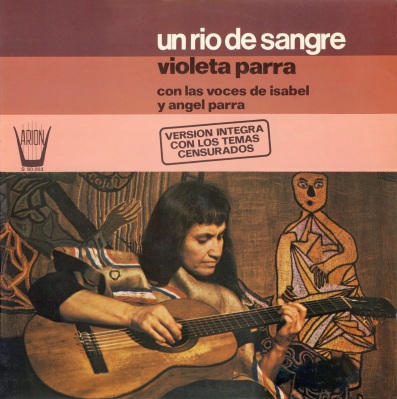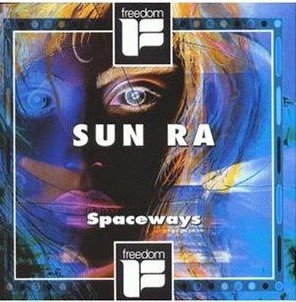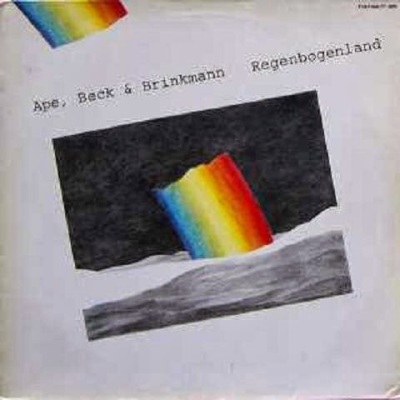Chile, that thin strip of land lulled to sleep by the Pacific and the Andes, has given birth to many people that have left their mark in the hearts of millions all across the planet: the Nobel Prize winners Gabriela Mistral and Pablo Neruda, the amazing composer Victor Jara, tortured and assassinated by Pinochet, our comrade Salvador Allende — and one of the greatest exponents of Chilean music, Violeta Parra.
Parra was born on the October 4, 1917, in a small southern town called San Carlos. At an early age, Violeta suffered the pain of unemployment and the scarcity of resources. Weighed down by that situation, her family moved from one city to another in search of work. Her father, desperate from unemployment, is said to have found refuge in alcohol. Violeta completed her primary studies but later abandoned them for work. To help her family’s income, she began to sing in trains, small towns, restaurants and circuses.
After her father’s death, Violeta moved to Santiago. With her sister she formed The Parra Sisters, folkloric musical duet. Three years later, she married and gave birth to Isabel and Angel, both inheritors of her musical tradition. In 1948 she separated from her husband and the following year she remarried. From this new marriage two girls were born.
Apart form being a great composer, Violeta was one of the greatest researchers in Chilean folklore. Together with her son and daughter, she travelled throughout Chile offering concerts and recording popular folk tunes she heard — songs she later incorporated into her repertoire. In 1953, after a reading at Neruda’s house, Chile Radio invited her to a number of programs that introduce her talent into thousands of homes.
In 1954 Parra was chosen as the best folkloric artist of the year and was invited to Poland. She travelled throughout the Soviet Union and Europe. For two years she lived in Paris and recorded her first long-play record (1956). Following the sudden death of her youngest daughters, Violeta returned home. She accepted a position at the University of Concepcion where she directed the Museum of Popular Art and continued with her concerts and her research. She recorded another five long-play records.
By the end of the ’50s, she had begun to focus on her painting, her sculpture and ceramics and her famous tapestries. Between 1961 and 1964, combining her art work and her music, she toured through Argentina, Europe and the Soviet Union, and settled in Paris again. Violeta achieved success not only through her music — she was also the first Latin American artist to exhibit at the Louvre Museum. During this period she recorded another album, that included two songs in French. It is also around this time (1962) when she composed her famous song “La Carta”. While in Paris, she received a letter informing her that her brother Roberto had been detained after the infamous Jose Maria Caro massacre, during the government of Jorge Alessandri.
In 1964 Angel and Isabel returned to Santiago and opened the famous “Pena de los Parra”. Many of Chile’s best known composers began playing at La Pena, including Quilapayun and Jara. Today, “La Pena de los Parras” is home to the “Violeta Parra Foundation” (for more information, visit ).
In 1965 Violeta returned and set up her home in a huge tent on the outskirts of Santiago, “La Carpa de la Reina”, where she set up a centre for folkloric culture. However, the political climate was not very positive for her project. For the government, music committed to the workers’ struggles became a nuisance. Many radio stations excluded certain singers, record companies were disinterested in recording the exponents of the protest-song movement, and the few programs that dared air their music lose their sponsors. Music magazines preferred to dwell on foreign music.
“La Pena” enjoyed increasing public support but “La Carpa” had to struggle to survive. Anguished by this situation and by her problems with her lover, and following a recurrent crisis of loneliness, Violeta tried to commit suicide. After this failed attempt, she killed herself on February 5, 1967. It is ironic that just before this she composed one of her most famous songs — “Gracias a la vida” (“Thanks to life”).
This is how the mother of the New Chilean Song Movement ended her life — a special woman who brought recognition to our folkloric tradition, who inspires us to feel proud of our roots and native instruments, who was brave enough to leave aside the foreign invasion of imperialist rhythms that harassed our continent. Thanks to life for giving us that unforgettable woman — thanks Violeta Parra.
Tracklist:
1. Santiago penando estás
2. Según el favor del viento
3. El Santo Padre
4. Hasta cuando estás
5. Cantos a lo divino
6. La carta
7. En los jardines humanos
8. Un río de sangre
9. Qué vamos a hacer
10. Teneme en tu corazon
11. Arauco tiene una pena
Violeta Parra – Un Rio De Sangre (1975)
(192 kbps, cover art included)
 The roots of nueva canción trace to the late 1950s and early ’60s, a notably restive era in Latin American history. Many countries were saddled with ineffective or authoritarian governments, and the gap between the wealthy and the impoverished was widening. Moreover, European and North American cultural influence was becoming increasingly palpable, with musical tastes in particular molded to a significant degree by the commercial-music industry of North America. In that milieu two notable singer-songwriters in neighbouring countries embarked on crusades to reclaim what they perceived as the crumbling social and cultural integrity of their homelands: Violeta Parra in Chile and Atahualpa Yupanqui in Argentina.
The roots of nueva canción trace to the late 1950s and early ’60s, a notably restive era in Latin American history. Many countries were saddled with ineffective or authoritarian governments, and the gap between the wealthy and the impoverished was widening. Moreover, European and North American cultural influence was becoming increasingly palpable, with musical tastes in particular molded to a significant degree by the commercial-music industry of North America. In that milieu two notable singer-songwriters in neighbouring countries embarked on crusades to reclaim what they perceived as the crumbling social and cultural integrity of their homelands: Violeta Parra in Chile and Atahualpa Yupanqui in Argentina.





